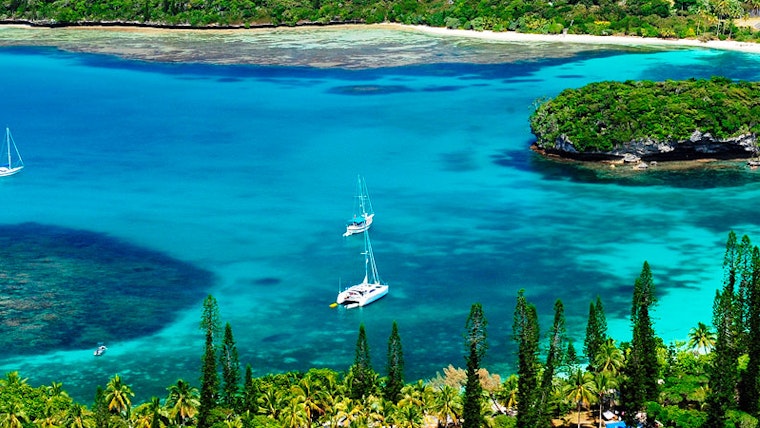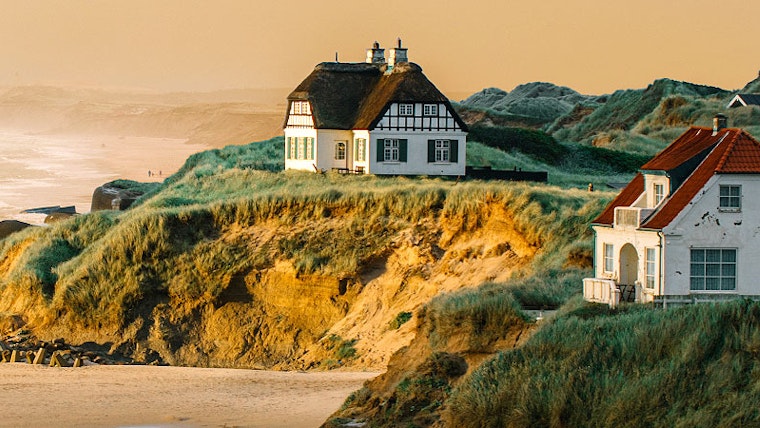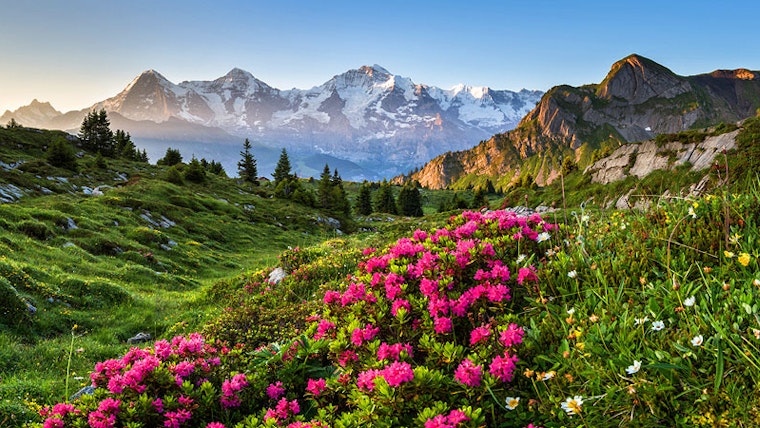Welcome to the Last Frontier – Alaska. For over 18 years, Entire Travel Group has been Australia's trusted expert in designing extraordinary and unforgettable travel experiences in Alaska. As a preferred partner of Visit Anchorage, we offer exclusive insights and first-hand knowledge to create the perfect Alaska holiday tailored just for you.

Holiday Destinations
At Entire Travel Group our goal is to save you time and offer the “best of the best” holiday experiences in the countries and regions we offer. Due to our wealth of knowledge, we understand what our clients want to experience on location, so we only offer you holiday packages where we receive the very best feedback - however also factoring in your budget by offering a variety of accommodation styles to suit your needs.


Welcome to Austria. Our passionate team of travel specialists combines years of experience and insider knowledge to craft exceptional itineraries. As a preferred partner of the Austrian National Tourist Office, we take pride in creating personalised journeys that capture the essence of Austria’s charm and elegance.

Welcome to Canada! For over 20 years, we have been Australia’s leading specialist in creating unique and unforgettable holidays in Canada. As a preferred partner of Destination Canada, our dedicated team combines first-hand knowledge and extensive expertise to curate Canada travel and holiday packages, ensuring every itinerary delivers exceptional experiences.

Kia Orana, and welcome to the Cook Islands! Our team of specialists are experts in crafting exceptional Cook Islands travel and holiday packages that capture the essence of this tropical paradise. With our extensive expertise and close partnership with Cook Islands Tourism, we design itineraries that showcase the breathtaking landscapes and warm hospitality of the Cook Islands.

Bok, and welcome to Croatia. At Entire Travel Group, we take pride in being Australia's foremost experts in crafting bespoke Croatia holiday packages. With our deep-rooted connections and extensive knowledge, we ensure every journey to this stunning destination is nothing short of extraordinary. As a trusted partner of the Croatian National Tourist Board, we are committed to delivering a Croatia travel experience that is tailored to your unique preferences and interests.

Entire Travel Group

Welcome to Ireland. With unparalleled expertise in Ireland travel, our team specialises in crafting itineraries that capture the warmth and magic of the Emerald Isle. Every journey is carefully designed to immerse you in Ireland’s culture, ensuring your experience is tailored to provide you with memories that will last a lifetime.

Ciao, and welcome to Italy. With over 50 years of experience, our team of specialists and experts curate distinctive travel adventures that you'll cherish forever. As a trusted partner of the Italian National Tourist Board, we design journeys that celebrate Italy’s rich culture, history, and culinary traditions, ensuring every trip is unforgettable. Our Italy travel and holiday packages capture the essence of this remarkable country.

Welcome to the vibrant world of Malaysia. Our team is committed to delivering unique Malaysia holiday packages that reflect the country's rich tapestry of cultures and landscapes. As a trusted partner of Tourism Malaysia and a deep appreciation for Malaysia's diverse offerings, we plan journeys that bring its beauty and charm to life.

Alii, and welcome to Palau! Our team of experts are passionate about shaping unforgettable holidays that showcase the serenity and adventure of this hidden Pacific gem. With our insider knowledge, we create experiences that are sure to inspire and amaze.

Bula, and welcome to Fiji! We’re a leading specialist in creating unique and unforgettable holidays in Fiji that highlight the stunning beauty and warm culture of this island paradise. As a preferred partner of Fiji Tourism and Fiji Airways, we bring your dream holidays to life with a personal touch.

Bonjour, and welcome to France. With over three decades of experience, our travel specialists create thoughtfully curated itineraries that bring this enchanting country to life. Our deep-rooted connections and insider insights, honed over 30 years, ensure that every journey to this destination is crafted to perfection. As a trusted partner of Atout France, we are dedicated to delivering a France travel experience uniquely suited to your interests and preferences.

Yassou, and welcome to Greece. Our travel experts draw on years of experience to create unforgettable holidays tailored to your preferences. Partnering with local specialists, we design itineraries that showcase the best of this historic and vibrant destination. We are dedicated to providing a Greece travel experience that transforms your travel plans into lifelong memories.

Welcome to the Maldives! Our team specialises in crafting extraordinary Maldives travel and holiday packages that showcase the serene beauty and luxury of this tropical haven. With our extensive expertise, we design unforgettable itineraries that let you indulge in the Maldives' crystal-clear waters, iconic overwater bungalows, and vibrant marine life.

Welcome to Monaco. As a trusted partner of Visit Monaco, our passionate team uses their extensive knowledge and first-hand experiences to design exceptional Monaco travel and holiday packages. We take pride in crafting itineraries that showcase the very best of the French Riviera.

Welcome to New Caledonia! Our team is passionate about creating holidays that showcase the perfect blend of French elegance and the natural beauty of this South Pacific paradise. With our deep local knowledge and our partnerships with New Caledonia Tourism and Aircalin, we ensure every journey is seamless, unique, and unforgettable.

Welcome to the Philippines. Our team is passionate about creating unique Philippines itineraries that showcase the beauty and natural wonders of this incredible archipelago. With a deep understanding of the Philippines' diverse landscapes, we craft holidays that bring the essence of the islands to life. We ensure your Philippines travel experience is an exceptional journey that stays with you forever.

Olá, and welcome to Portugal. For almost a decade, our dedicated team has specialised in crafting phenomenal Portugal travel and holiday packages that are as unique as they are unforgettable. With our extensive knowledge and expertise, along with our partnership with Turismo de Portugal, we develop itineraries that capture the essence of this vibrant and diverse country.

Talofa, and welcome to Samoa! Our team of travel specialists are dedicated to creating unforgettable Samoa holiday packages that bring the island's natural beauty and rich culture to life. With deep expertise and a passion for Samoa, we design itineraries that highlight the best this Polynesian paradise has to offer.

Welcome to Scandinavia and Iceland. Our talented team combines extensive knowledge and creativity to craft extraordinary itineraries. We specialise in designing Scandinavia and Iceland travel and holiday packages that highlight the distinct allure of these captivating regions. With our expertise, we ensure a travel experience that is both memorable and uniquely yours.

Welcome to Singapore. Our dedicated team is committed to shaping remarkable Singapore holidays that leave a lasting impression. Explore our Singapore travel packages that highlight the dynamic energy and cultural richness of this vibrant city-state. With our extensive knowledge and expertise, we design itineraries that capture the essence of Singapore’s unique blend of tradition and modernity. As a trusted partner of the Singapore Tourism Board, we ensure your Singapore holiday is an experience you'll cherish forever.

Hola, and welcome to the vibrant world of Spain. For over a decade, our expert team have been crafting unforgettable holidays across Spain, with a passion for sharing the country's thriving culture and striking landscapes. We bring deep insights and a commitment to excellence, creating unique itineraries that immerse you in the heart of Spain’s charm.

Ayubowan, and welcome to Sri Lanka! As trusted partners of Sri Lanka Tourism and SriLankan Airlines, our team is specialised in crafting curated Sri Lanka holiday packages that showcase the rich culture and beauty of this enchanting destination. With our in-depth knowledge and love for the island, we create itineraries that let you dive into Sri Lanka's diverse landscapes and lively traditions.

Grüezi, and welcome to Switzerland. Our expert team of travel specialists are dedicated to crafting remarkable Switzerland travel and holiday packages. With our unparalleled knowledge and deep understanding of this beautiful country, we create itineraries that perfectly capture its essence. As a preferred partner of Switzerland Tourism, we ensure every travel experience is exceptional.

Ia Orana, and welcome to the Islands of Tahiti. For over 15 years, we have been Australia’s leading specialist in creating unique and unforgettable holidays in Tahiti. As a preferred partner of Tahiti Tourisme, our team possesses in-depth, first-hand knowledge of this stunning destination, ensuring an exceptional travel experience for every client.

Sawadee Ka and welcome to the Land of Smiles! As a trusted partner of the Tourism Authority of Thailand, our team is thrilled to design unique Thailand holiday packages that capture the vibrant energy and rich culture of this extraordinary country. With our extensive knowledge and passion for Thailand, we design itineraries that let you experience the best of its stunning landscapes and lively traditions.

With 50 states stretching from the Atlantic to the Pacific, the United States boasts unparalleled diversity in landscapes and experiences. Visitors can explore vibrant cities, charming small towns, and spectacular national parks, all while sampling the local flavours of regional cuisines. Whether you’re a nature lover, history enthusiast, or urban adventurer, the USA provides endless opportunities for unforgettable journeys.

Welcome to Vanuatu! We’re here to help you plan the perfect holiday, capturing the adventurous spirit and stunning beauty of this incredible island nation. With our extensive expertise and strong partnership with Vanuatu Tourism, we’ll craft an itinerary that brings together culture, adventure, and those unforgettable views.
Subscribe now for your chance to win
a $500 Travel Voucher
Be the first to hear about our new Holiday Packages